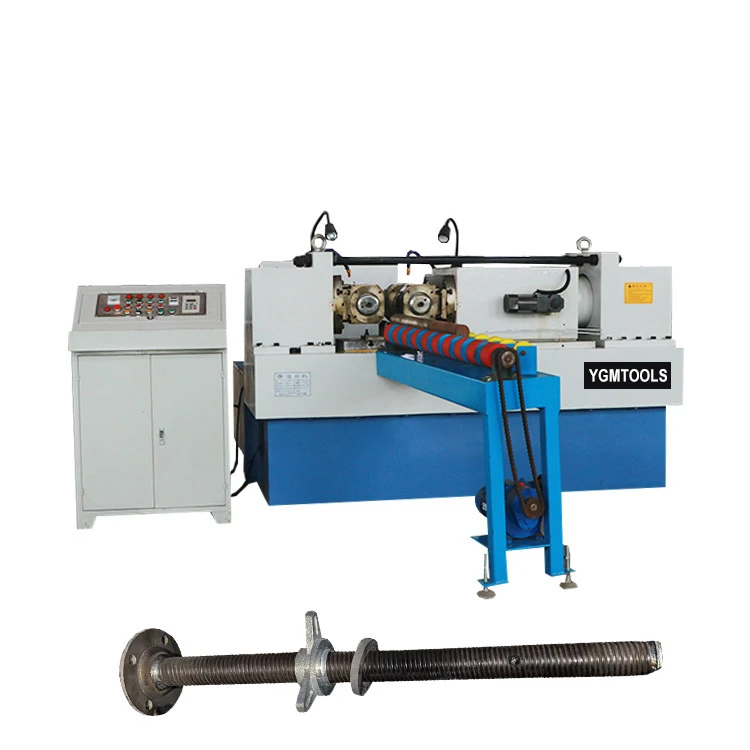
-
 Afrikaans
Afrikaans -
 Albanian
Albanian -
 Amharic
Amharic -
 Arabic
Arabic -
 Armenian
Armenian -
 Azerbaijani
Azerbaijani -
 Basque
Basque -
 Belarusian
Belarusian -
 Bengali
Bengali -
 Bosnian
Bosnian -
 Bulgarian
Bulgarian -
 Catalan
Catalan -
 Cebuano
Cebuano -
 Corsican
Corsican -
 Croatian
Croatian -
 Czech
Czech -
 Danish
Danish -
 Dutch
Dutch -
 English
English -
 Esperanto
Esperanto -
 Estonian
Estonian -
 Finnish
Finnish -
 French
French -
 Frisian
Frisian -
 Galician
Galician -
 Georgian
Georgian -
 German
German -
 Greek
Greek -
 Gujarati
Gujarati -
 Haitian Creole
Haitian Creole -
 hausa
hausa -
 hawaiian
hawaiian -
 Hebrew
Hebrew -
 Hindi
Hindi -
 Miao
Miao -
 Hungarian
Hungarian -
 Icelandic
Icelandic -
 igbo
igbo -
 Indonesian
Indonesian -
 irish
irish -
 Italian
Italian -
 Japanese
Japanese -
 Javanese
Javanese -
 Kannada
Kannada -
 kazakh
kazakh -
 Khmer
Khmer -
 Rwandese
Rwandese -
 Korean
Korean -
 Kurdish
Kurdish -
 Kyrgyz
Kyrgyz -
 Lao
Lao -
 Latin
Latin -
 Latvian
Latvian -
 Lithuanian
Lithuanian -
 Luxembourgish
Luxembourgish -
 Macedonian
Macedonian -
 Malgashi
Malgashi -
 Malay
Malay -
 Malayalam
Malayalam -
 Maltese
Maltese -
 Maori
Maori -
 Marathi
Marathi -
 Mongolian
Mongolian -
 Myanmar
Myanmar -
 Nepali
Nepali -
 Norwegian
Norwegian -
 Norwegian
Norwegian -
 Occitan
Occitan -
 Pashto
Pashto -
 Persian
Persian -
 Polish
Polish -
 Portuguese
Portuguese -
 Punjabi
Punjabi -
 Romanian
Romanian -
 Russian
Russian -
 Samoan
Samoan -
 Scottish Gaelic
Scottish Gaelic -
 Serbian
Serbian -
 Sesotho
Sesotho -
 Shona
Shona -
 Sindhi
Sindhi -
 Sinhala
Sinhala -
 Slovak
Slovak -
 Slovenian
Slovenian -
 Somali
Somali -
 Spanish
Spanish -
 Sundanese
Sundanese -
 Swahili
Swahili -
 Swedish
Swedish -
 Tagalog
Tagalog -
 Tajik
Tajik -
 Tamil
Tamil -
 Tatar
Tatar -
 Telugu
Telugu -
 Thai
Thai -
 Turkish
Turkish -
 Turkmen
Turkmen -
 Ukrainian
Ukrainian -
 Urdu
Urdu -
 Uighur
Uighur -
 Uzbek
Uzbek -
 Vietnamese
Vietnamese -
 Welsh
Welsh -
 Bantu
Bantu -
 Yiddish
Yiddish -
 Yoruba
Yoruba -
 Zulu
Zulu
flat die thread rolling machine product
Understanding Flat Die Thread Rolling Machines A Key to Precision Manufacturing
In today’s fast-paced manufacturing environment, the demand for precision components has never been higher. Among the myriad of manufacturing technologies available, flat die thread rolling machines stand out as an effective solution for producing high-quality threads on various types of materials. This article will explore the workings, advantages, applications, and future of flat die thread rolling machines in modern production settings.
What Are Flat Die Thread Rolling Machines?
Flat die thread rolling machines employ a process known as cold-forming to create threads on cylindrical workpieces. This operation takes place by feeding the raw material through two flat dies that are intricately designed with the desired thread profile. As the workpiece is pulled through the dies, the material is displaced and reformed, resulting in threads that are not only precise but also possess enhanced mechanical properties.
The essence of thread rolling lies in its ability to produce threads without removing any material. This is a key differentiator from traditional machining processes, which cut away excess material to achieve the desired thread geometry.
How Do They Work?
The operation of a flat die thread rolling machine is relatively straightforward but requires precision engineering. The process begins with the selection of a suitable workpiece, which is typically a metal rod or bar. The rod is then placed between the two dies that are mounted on the machine.
Once the machine is activated, a combination of pressure and rotation comes into play. The dies are fixed, and as the workpiece moves through them, the rolling action displaces material from the sides of the rod, forming a thread profile. This method can produce various thread forms, including metric, UNC, and UNF threads, depending on die design.
Variations in the process can include different types of die configurations, such as through-feed or in-feed systems, which are selected based on the specific application and material type.
Advantages of Flat Die Thread Rolling Machines
2. Enhanced Mechanical Properties The thread rolling process increases the strength of the material due to work hardening. This enhances the overall strength of the threaded components, making them suitable for demanding applications.
flat die thread rolling machine product

3. Cost-Effectiveness By eliminating material waste and reducing the cycle time compared to traditional machining methods, flat die thread rolling can result in significant cost savings for manufacturers.
4. Versatility These machines can accommodate a variety of materials, including steel, aluminum, and brass, making them suitable for various applications across industries.
5. Reduced Finishing Work Finished threads from a rolling machine usually require less secondary processing, reducing lead times and increasing production efficiency.
Applications of Flat Die Thread Rolling Machines
The applications for flat die thread rolling machines are vast and varied. Some of the key sectors utilizing this technology include
- Automotive Industry Used for producing bolts, nuts, and other fasteners critical to vehicle assembly. - Aerospace Manufacturing high-strength thread components that meet stringent safety and performance specifications. - Construction Creating durable threaded rods and anchors used in building structures and equipment. - Electronics Producing small precision screws and components used in consumer electronics.
The Future of Thread Rolling Technology
As technology advances, the flat die thread rolling machine is expected to evolve, incorporating features such as automation and computer numerical control (CNC) systems. These innovations will further enhance precision, efficiency, and adaptability to varying production requirements.
Moreover, the trend toward sustainable manufacturing practices is likely to boost the popularity of thread rolling processes as they inherently generate less waste compared to traditional methods.
Conclusion
In conclusion, flat die thread rolling machines represent a sophisticated solution for producing high-quality threaded components. Their ability to create precise, durable products with minimal waste makes them invaluable in numerous industries. As manufacturing demands continue to evolve, these machines will play an essential role in driving efficiency and innovation in thread production, ensuring they remain a cornerstone of modern manufacturing technology.
